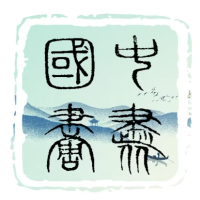崔子范,乙卯年生于山东莱阳,著名花鸟画家。幼嗜绘事,乙亥夏,同窗引介,识张子莲于兖州。子莲,吴昌硕弟子,工花鸟写意,卒业上海美专。子范从其学,得花鸟画妙谛,奠艺基。辛卯秋,琉璃厂遇刘金涛,得齐白石引见,蒙教诲,艺道大进,终身受益。
Cui Zifan, born in the year of Yimao, was a renowned flower-and-bird painter from Laiyang, Shandong. From a young age, he showed a keen interest in painting. In the summer of Yihai, amate introduced him to Zhang Zilian in Yanzhou. Zhang Zilian, a disciple of Wu Changshuo, was skilled in freehand flower-and-bird painting and graduated from Shanghai Art College. Cui Zifan learned from him, gaining deep insights into flower-and-bird painting, laying the foundation for his artistry. In the autumn of Xinmao, Cui encountered Liu Jintao at Liulichang, who introduced him to Qi Baishi. Under Qi's guidance, Cui made great strides in his art, benefiting for life.

崔子范艺理独深,谓天下绘事三途:情感宣泄,黑种之艺;重自然科学,白种之艺;哲理文学入画,黄种之艺也。子范主艺道开放,广学兼取,融会贯通,以求大成。深信时代精神为艺创之本,画者当读万卷书,行万里路,悟时代神髓,秉民族风格,成深刻之作。其画总饱深情,气韵生动,艺品非技法独成,实源于对自然、对生活之深观独悟。崔子范践“笔墨随时代”之念,创作求简笔宏意,巧运笔墨色彩。其作流露对新生活、大自然之热烈追求与深情厚爱,尤回故乡融于乡土,情更浓烈。
其受吴昌硕、齐白石诸大家影响,然不拘前式,勇于创新。篆隶、行草融绘,用笔抑扬顿挫,笔力苍劲,墨色浓淡相宜,色彩冷暖兼施,追求雅境。花鸟画题材广,构图简练,古拙朴实、具苍劲浑厚之风。崔子范深悟艺创以再现寻常事为要,使观者得新感而获大乐。其常汲素材于生活,深入农村,观四时变化,体自然之美,积累丰厚,故作常新,满溢生命之气。其作承于传统题材,然于笔墨运用,则构图创新,展独特民族性,具强烈时代感。
崔子范艺风脱胎文人画,不落陈窠。注时代气,赋新活力于前人屡画之题。其笔下世界天真、稚拙、幽默、夸张,每笔皆显热烈追求与深厚热爱。其作形具风格,破旧立新,昭显时代之性。篆隶、行草融绘,用笔如行云,苍劲有力;墨色浓淡相宜,气势恢宏;色彩冷暖相融,浓淡兼施,成其独特花鸟雅境。
Cui Zifan had profound artistic theories, believing that there are three approaches to painting: emotional expression, the art of the black race; emphasis on natural science, the art of the white race; and the incorporation of philosophy and literature, the art of the yellow race. Cui advocated for an open approach to art, learning widely and integrating various styles to achieve greatness. He believed that the spirit of the times is the essence of artistic creation, and that artists should read extensively, travel far, understand the essence of the era, and embody national character to create meaningful works. His paintings are always filled with deep emotion and vibrant spirit, an artistry not solely derived from technique, but rooted in profound observation and understanding of nature and life. Adhering to the concept of "brush and ink should follow the times," Cui pursued simplicity with profound meaning in his creations, skillfully applying brush, ink, and color. His works reveal a passionate pursuit of new life and a deep love for nature, feelings that were especially intense when he returned to his hometown and immersed himself in the rural environment.
Cui Zifan was influenced by masters such as Wu Changshuo and Qi Baishi, but he did not adhere strictly to their styles and was bold in his innovation. He integrated seal script, clerical script, and running script into his paintings, using brush strokes that were rhythmic and powerful, with ink tones that were harmonious and colors that were balanced between warm and cool, all in pursuit of an elegant realm. His flower-and-bird paintings featured a wide range of subjects, with compositions that were concise and characterized by an ancient simplicity and robustness. Cui believed that the artist's role was to depict ordinary things in a way that gave viewers new insights and great joy. He often drew inspiration from life, delving into the countryside, observing the changes of the seasons, and experiencing the beauty of nature. This rich accumulation allowed his works to always remain fresh, full of vitality. While his themes were traditional, he innovated in the use of brush, ink, and composition, showcasing a unique national character and a strong sense of the times.
Cui Zifan's artistic style was rooted in traditional literati painting but avoided its stale conventions. In subjects frequently depicted by earlier artists, he infused a contemporary spirit and new vitality. His world was one filled with "innocence," rusticity, humor, and exaggeration, with each stroke expressing a passionate pursuit of and deep love for life and nature. His works were stylistically distinctive, breaking away from old patterns and establishing new ones, clearly reflecting the spirit of the times. He integrated seal script, clerical script, and running script into his paintings, wielding the brush with fluidity and strength; his ink was harmonious in tone, and his color balance was both warm and cool, pursuing an elegant aesthetic. This created a unique style in his flower-and-bird paintings.

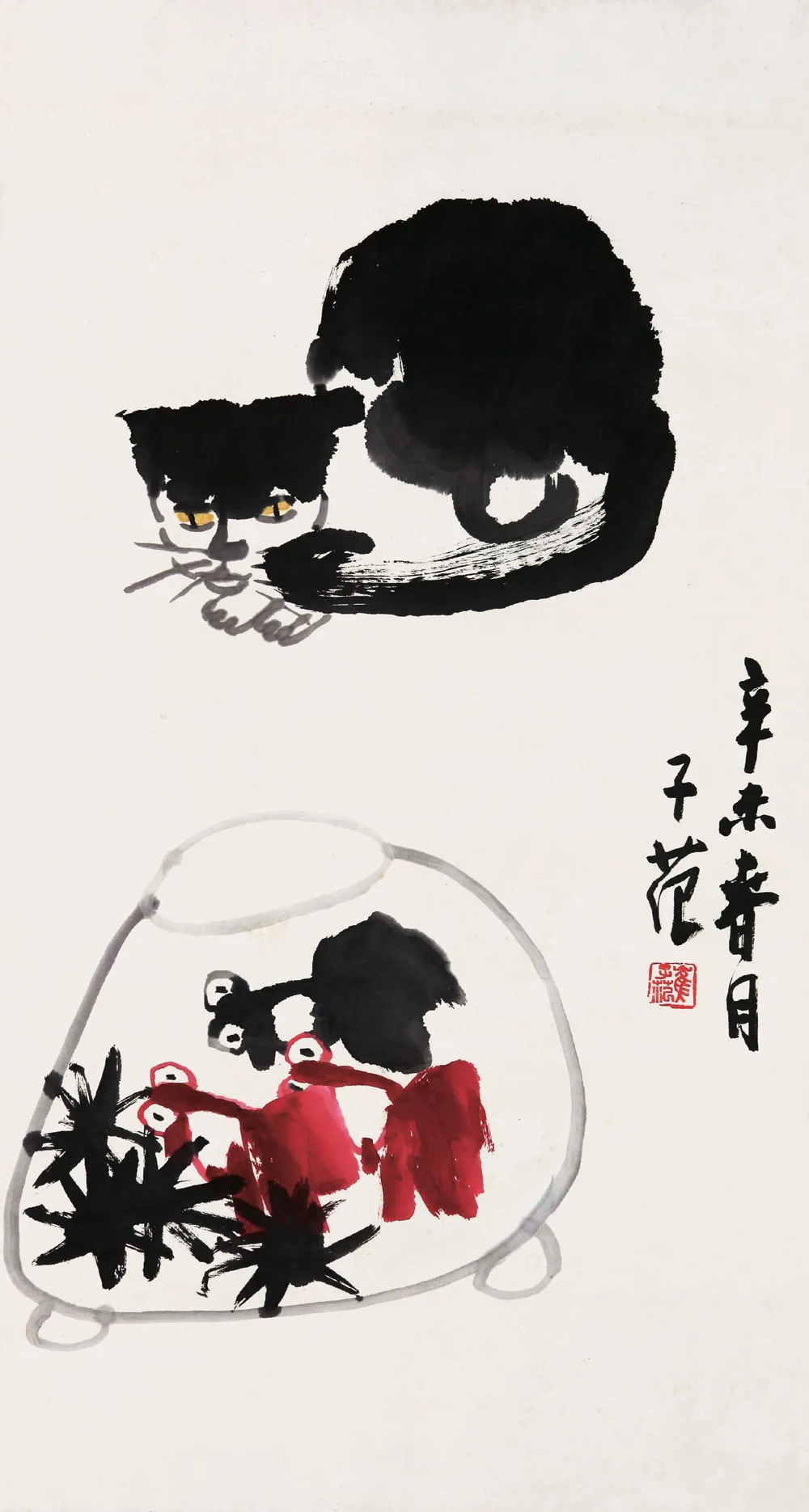
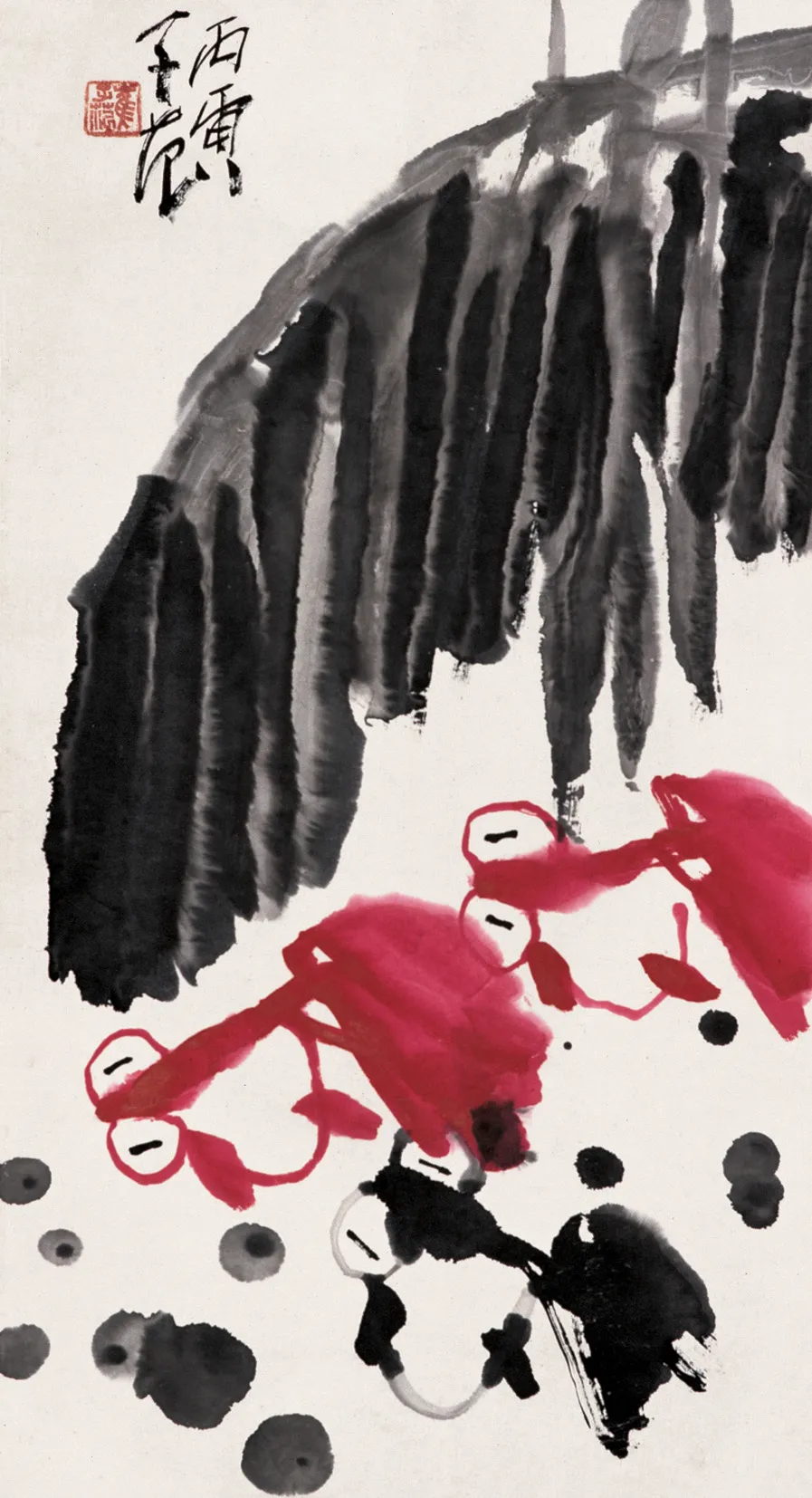
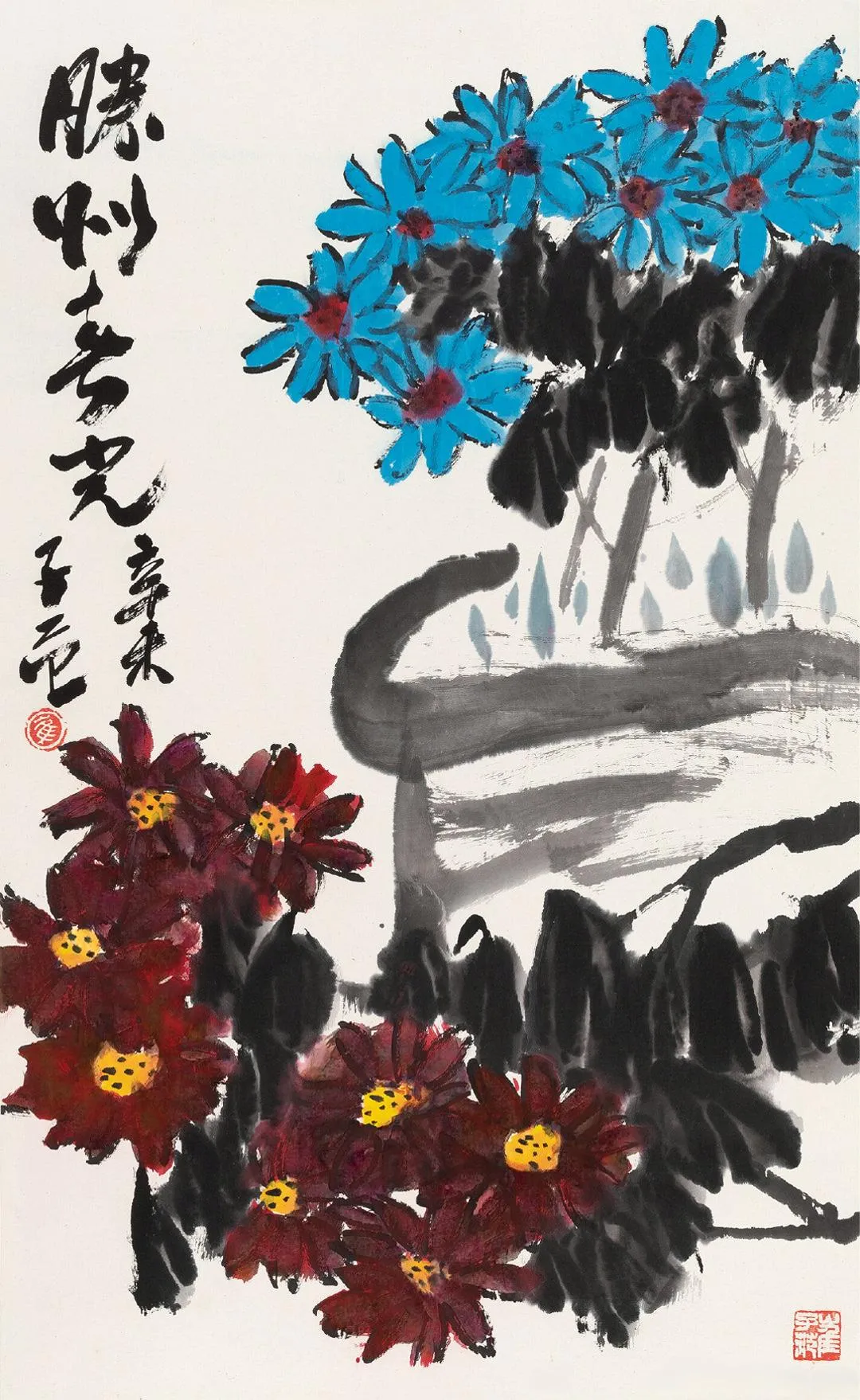
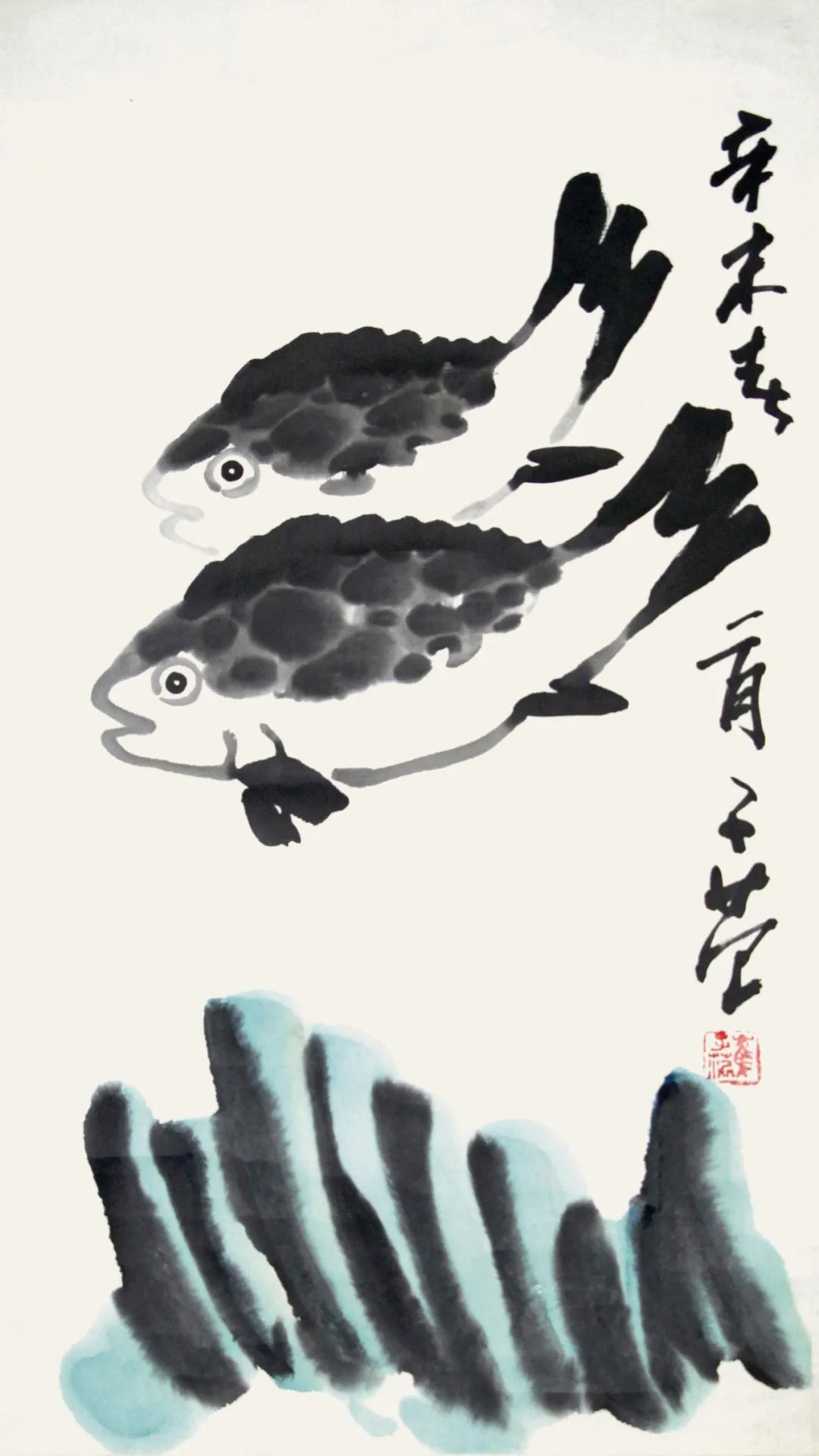
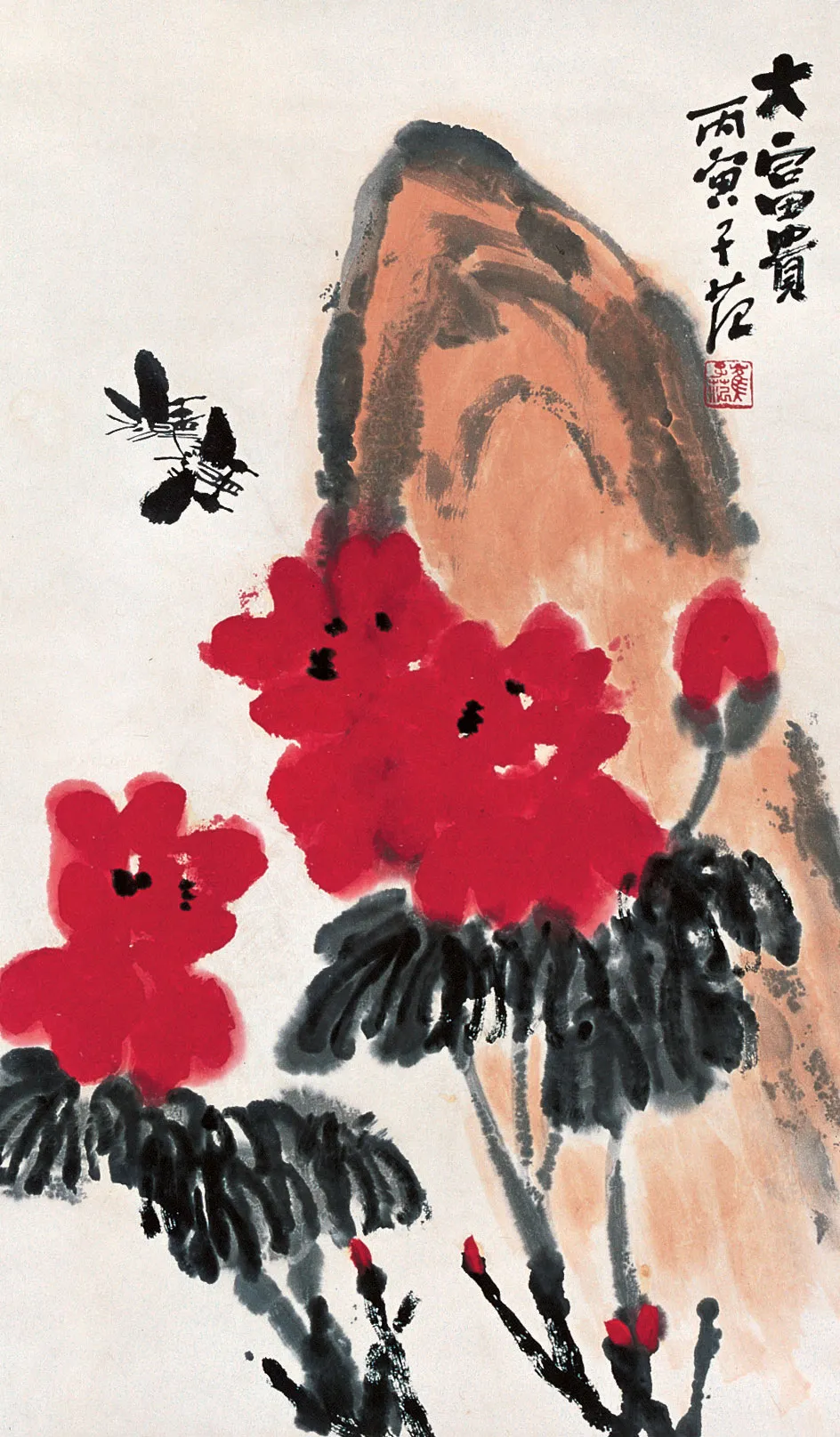

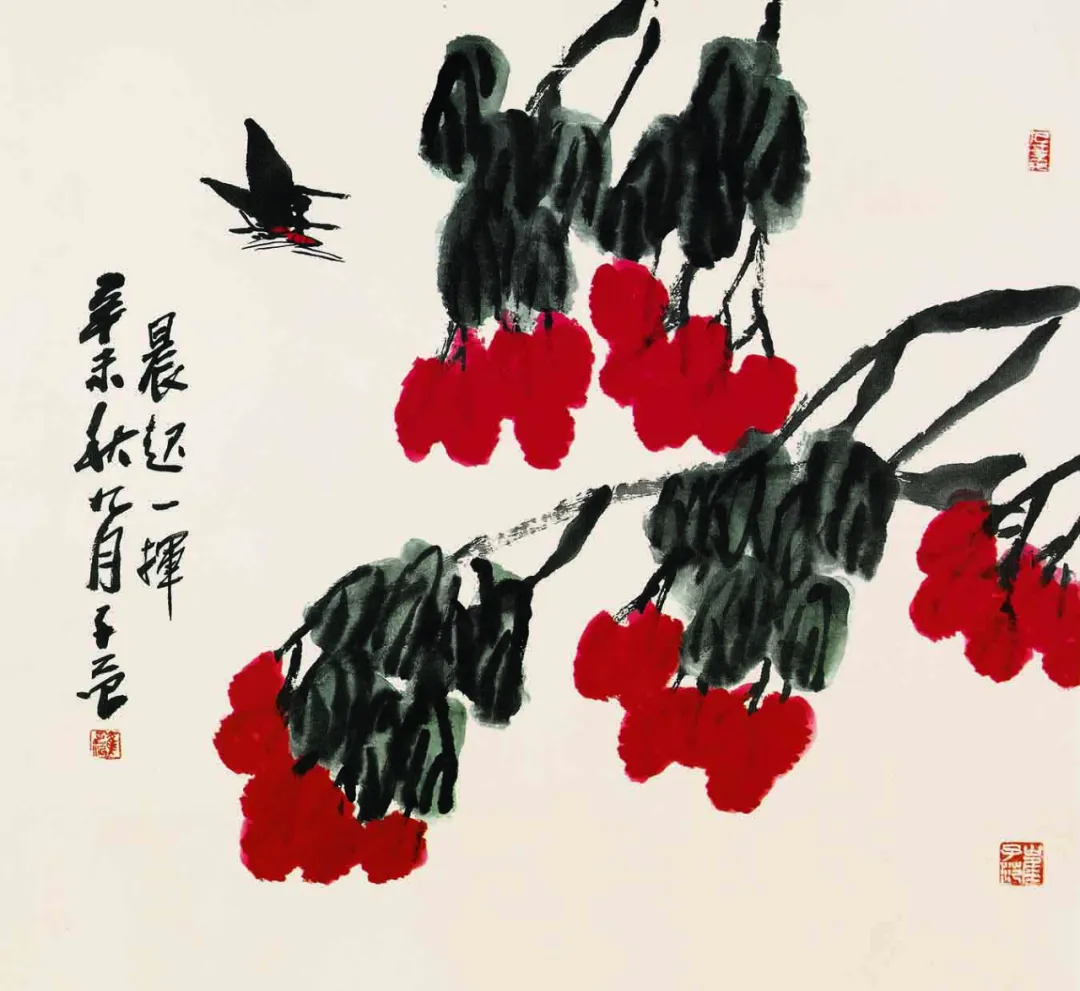

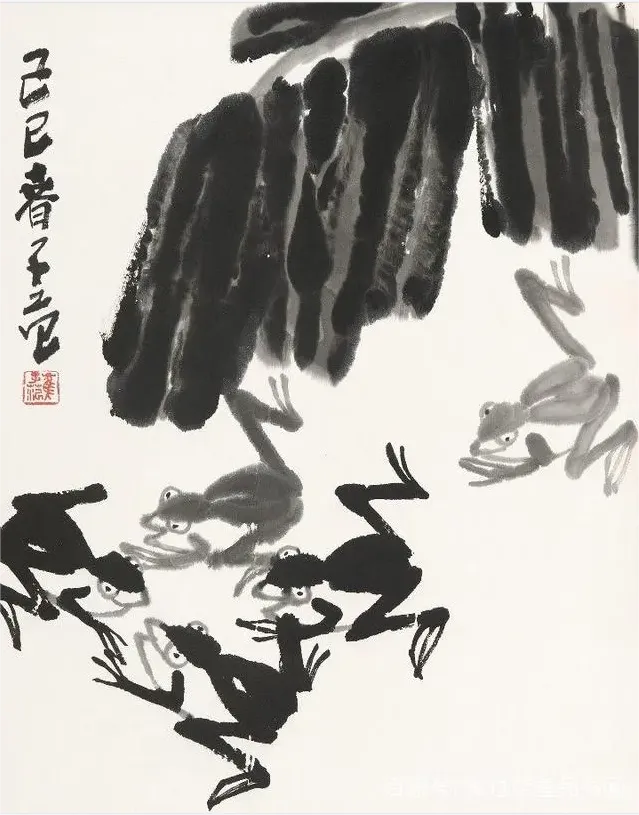
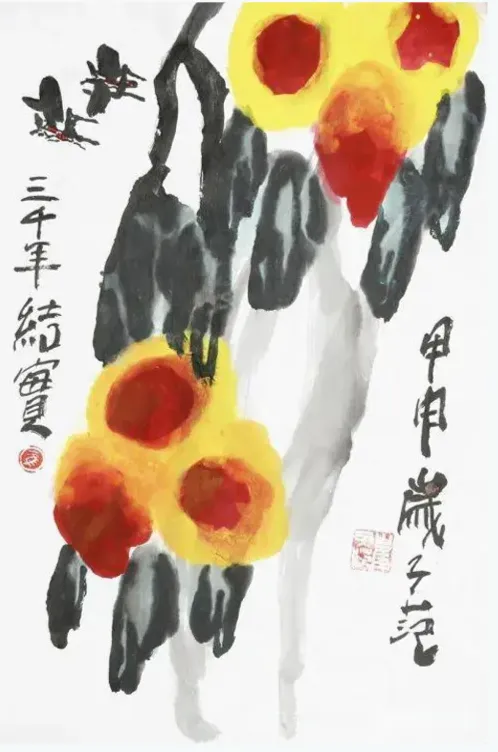
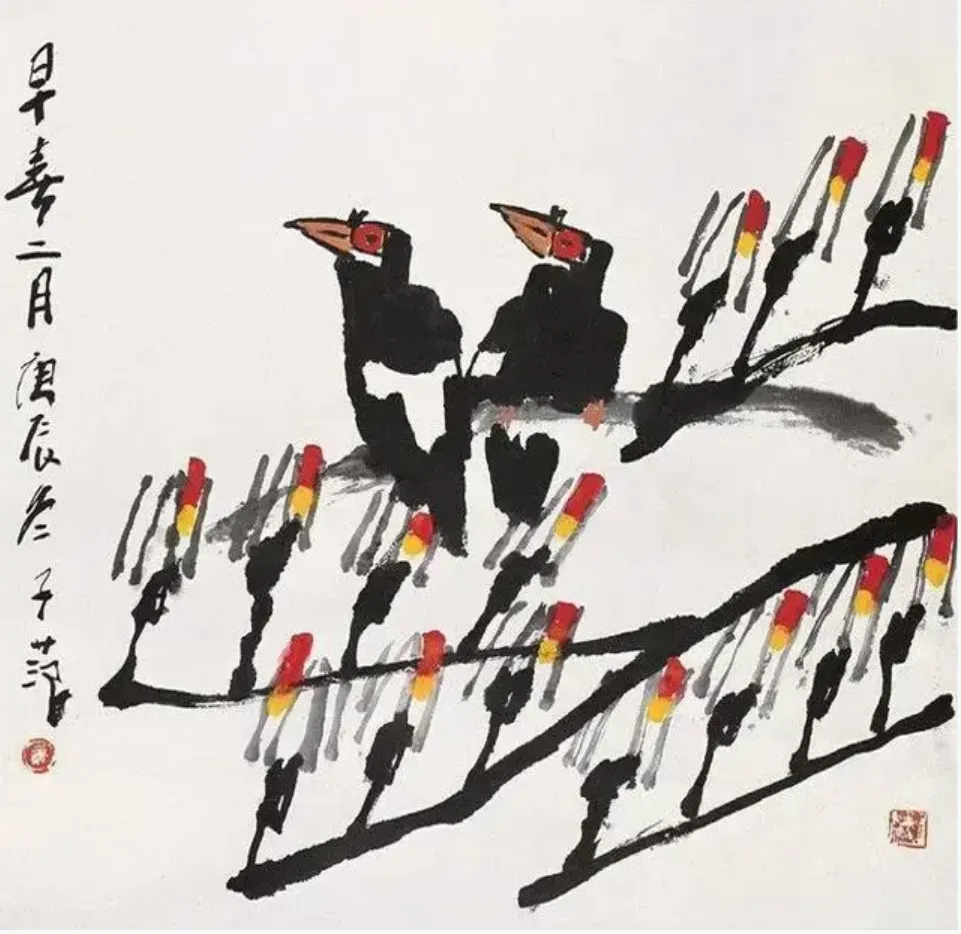
崔子范常言,创作凭生活,贵积累。久居农村,积丰富素材,时时深入观察,四时变化,春夏秋冬,荷塘、芦苇、野鸭焕笔下生机。其以敏锐之目捕自然微妙,融乡情乡味于画作,作品融生活气息与民间趣味。崔子范恒守学与创相合。其谓中国画意境追“三美”:自然美、笔墨美、艺术美。此美之求,需经久实践与观察,犹蝉幼虫地中九载沉淀,方破土飞天。其作超越视觉,深入精神,成时代象征。不仅予观者美感,更启热爱生活、自然之性情。
崔子范言艺创须承传统,更注时代精神,以推社会进步。其画重墨重色,构图简练,色墨浑然,画风质朴,自成一格。承徐青藤、八大、石涛、吴昌硕、齐白石遗风,兼取中西之长,融民风旨趣,成鲜明个性,具时代特征。崔子范艺探无止,视绘如节溜蜕蝉,久积渐变。花鸟画中有突破,开创新境。虽古稀,艺情未减,誓于未来十年再探再求,为中华艺坛繁荣贡献绵力。
Cui Zifan often said that creation depends on life and values accumulation. Living in the countryside for many years, he accumulated abundant material and spent most of each year deeply observing, studying the changes of the seasons. Spring, summer, autumn, and winter—lotus ponds, reeds, wild ducks—all came to life under his brush. With a keen eye, he captured the subtle changes in nature, infusing his paintings with the sentiments and flavors of the countryside. Cui Zifan always combined learning with innovation. He believed that Chinese painting should pursue the "Three Beauties": the beauty of nature, the beauty of brush and ink, and the beauty of art. This pursuit of beauty required long-term practice and observation, much like the cicada larva that spends nine years underground before emerging and taking flight. His works transcend mere visual expression, delving into the spiritual, becoming symbols of the era. They not only offer aesthetic pleasure to viewers but also inspire a love for life and nature.
Cui Zifan believed that artistic creation should inherit tradition while emphasizing the spirit of the times to promote social progress. His paintings are characterized by heavy ink and color, concise composition, and a seamless blend of color and ink, embodying the simplicity of folk art and forming a distinctive style. He inherited the legacy of Xu Qingteng, Bada, Shitao, Wu Changshuo, and Qi Baishi, but also incorporated the strengths of both Eastern and Western art and folk traditions, developing a unique personality and a strong sense of the times. Cui Zifan's exploration of art never ceased, viewing painting as a gradual metamorphosis, like the transformation of a cicada larva. In his flower-and-bird paintings, he achieved breakthroughs and opened new realms. Even in his old age, his passion for art remained undiminished, vowing to continue his exploration and pursuit in the next decade, contributing to the prosperity of Chinese art.
责任编辑:苗君
